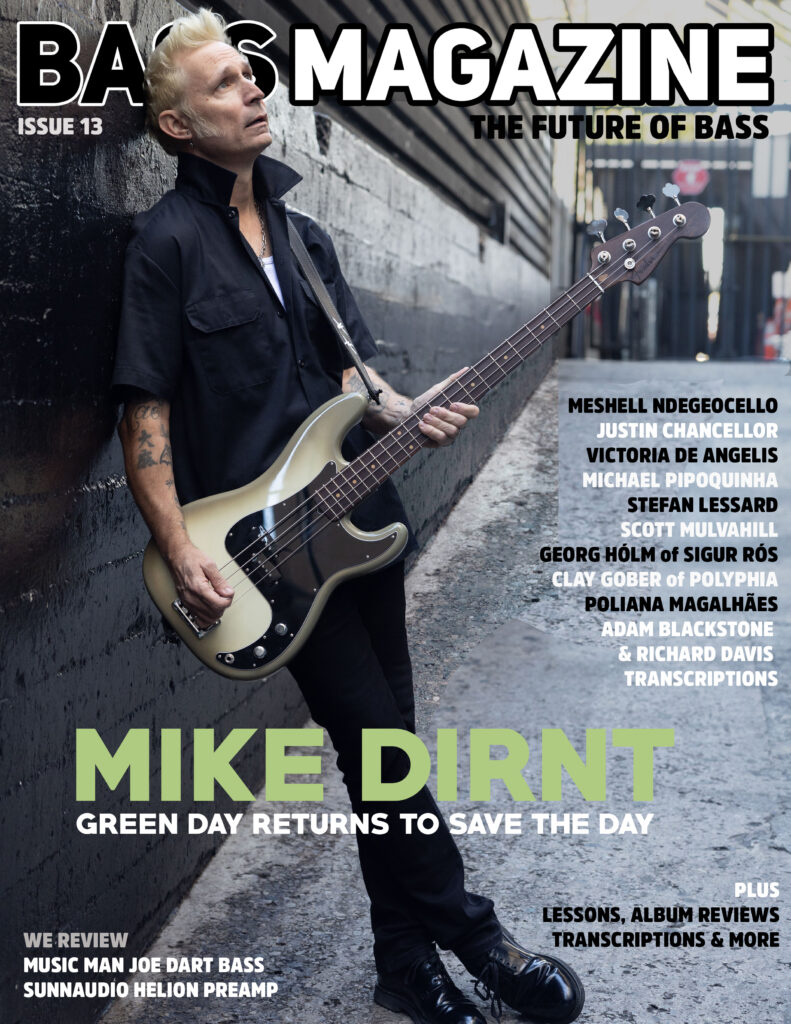Steve Bailey is all about reach, and that’s not even taking into account the handspan required to play his beloved fretless 6-string bass. Since the Covid-19-induced lockdown, Bailey’s globally-attended, weekly Berklee Bass Department/The Bass Vault Zoom seminars have brought together historic lineups of bass players you could never have hoped to get into a room together. And it quickly expanded to drummers, masters of other instruments, and singer-songwriters—all talking music, life, and even social issues like racial injustice and women’s equality. So it’s little wonder that Steve was able to corral a mind-bending lineup of partners for his latest effort, Carolina. The 17-track album features genre-spanning duets with artists ranging from Willie Nelson, Jethro Tull’s Ian Anderson, and Becca Stevens to fellow feel-keepers Ron Carter, Anthony Jackson, and Victor Wooten. Throughout, Bailey’s bass serves as both the glue that binds song, style, and artist, and the visionary

